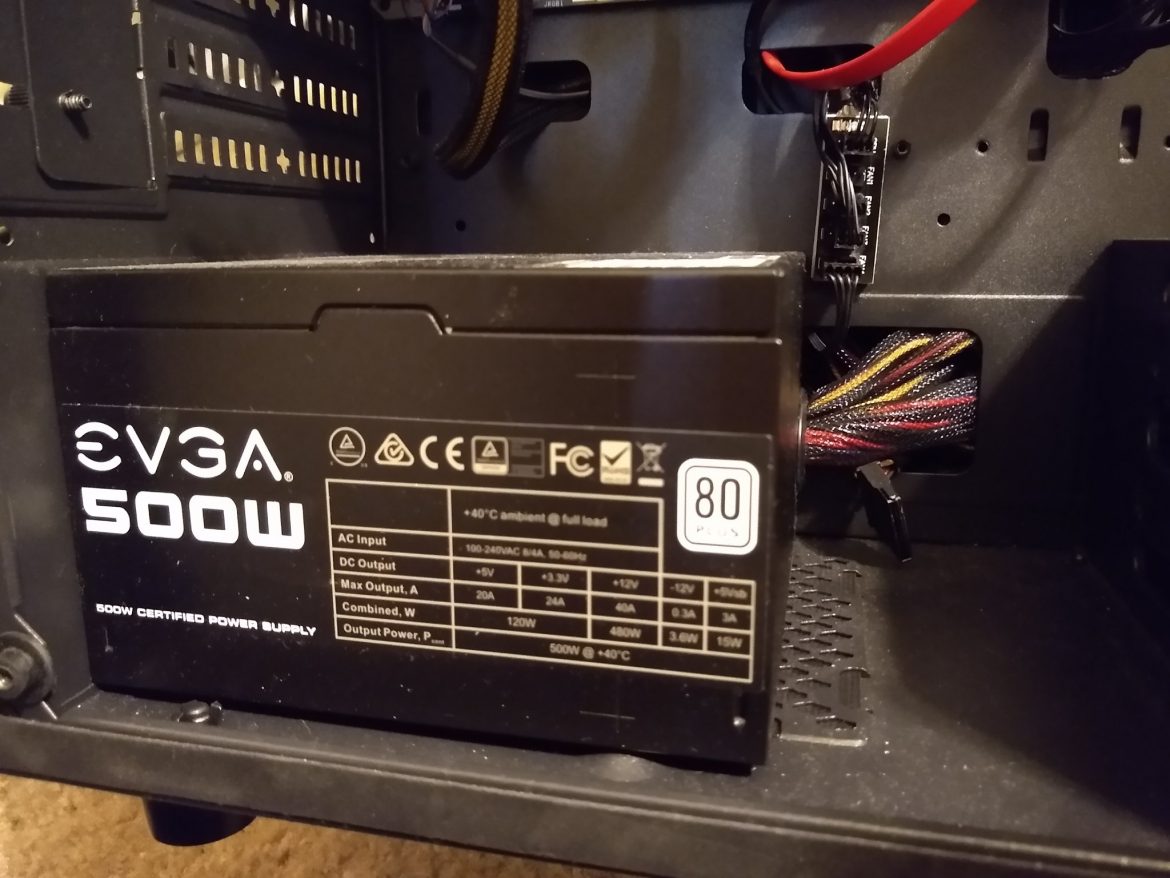Electrifying.
An often overlooked and underappreciated part of any computer is the power supply unit, or PSU for short. This unassuming brick is responsible for delivering power to literally every component of your computer, and preventing any power spikes from damaging your delicate internals. But how do you know which one is right for you? There are a few terms to watch out for, which I’ll explain below.
WATTAGE
Every power supply will have a wattage rating. You need to make sure you have enough wattage to power all your components, plus a little extra. Generally, 450W and above is enough for general use, and 500W is recommended for gaming. If you want to get extra precise on how much you think you’ll need, you can use this handy PSU wattage calculator.
EFFICIENCY RATING
This metric is a little less important than wattage, but it does determine how efficient your PSU will be at converting power from the wall socket into usable power for your computer. The handy chart below explains a bit about this.

These ratings may seem confusing, but it’s actually quite simple. Say you have a 500W power supply that is marked as 80 Plus. This means a 500W 80 Plus rated PSU would draw a maximum of 625W at maximum load. The more efficient your PSU, the less electricity it will use overall. In addition, it will generate less heat. The drawback to this is that most efficient power supplies, denoted as 80 Plus Titanium, are very expensive.
MODULAR VS. NON-MODULAR
When looking at power supply listings, you may notice the terms modular or non-modular. These determine whether the cables on the power supply are detachable or not. Modular power supplies let you pick and choose which power cables are connected, based on your particular power needs. This results in easier cable management and sometimes even lower temperatures overall, thanks to better airflow. Non-modular supplies have all the cables you need and more, but can be trickier to manage. The trade-off is a lower price.
Okay, but what brands are good?
This question is a bit tricky, as reputable brands have good and bad power supplies. Brands such as EVGA, Seasonic, Cooler Master, and Corsair are generally reliable, but as a rule of thumb you can expect to spend at least $50 on a quality power supply, but that cost can go well over $200 for top-tier examples. If in doubt, experts who know way more than me have helpfully compiled a list of power supplies, ranked from best to worst.
That’s all you need to know about power supplies! Have questions? Email us liftoffmag@gmail.com.
